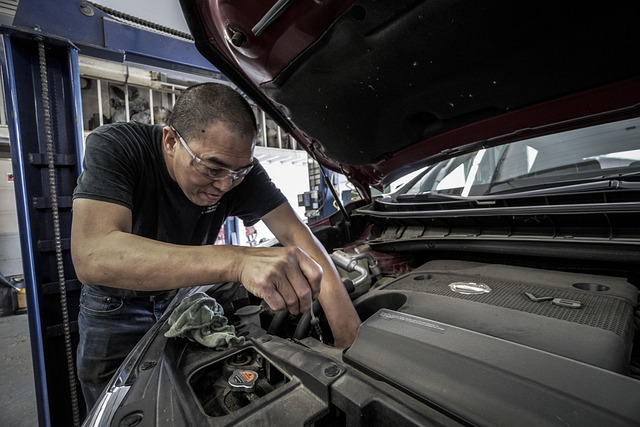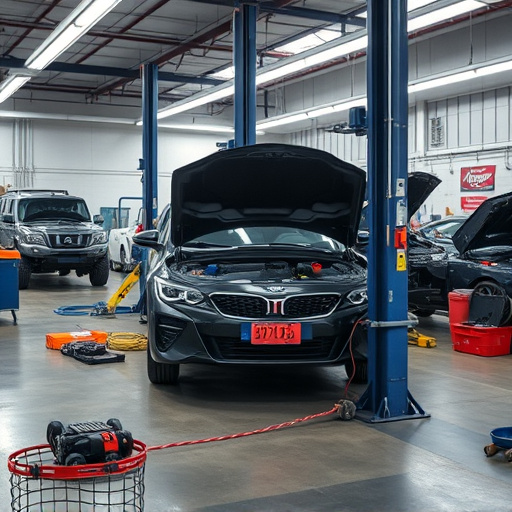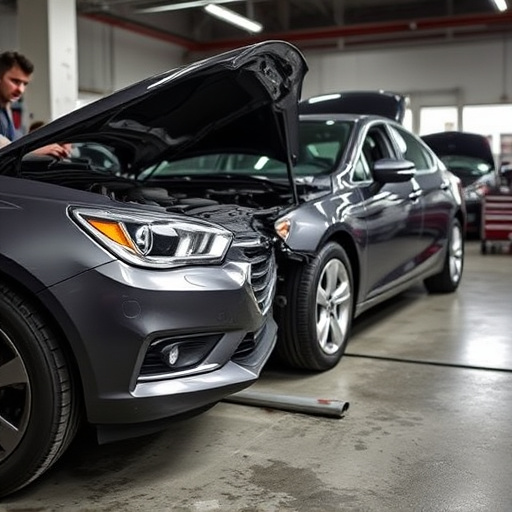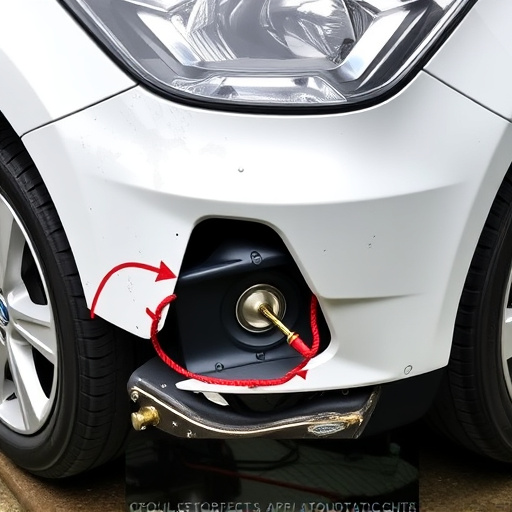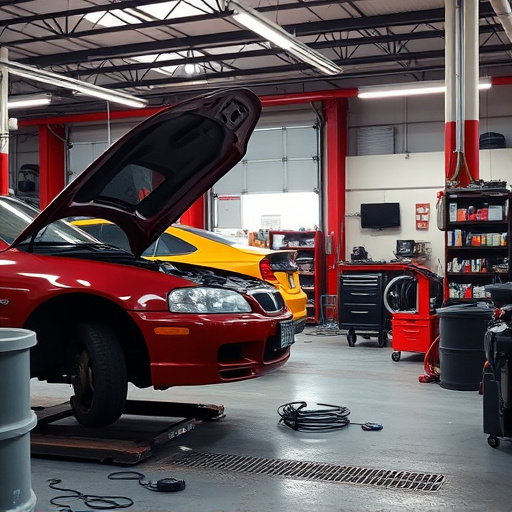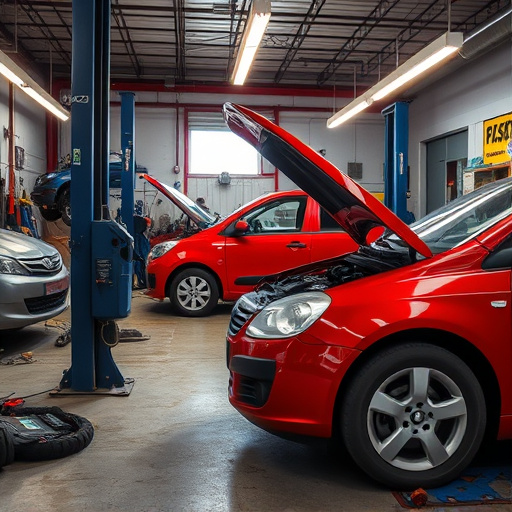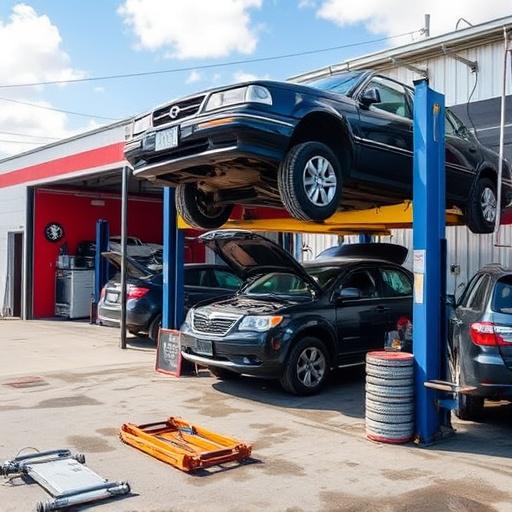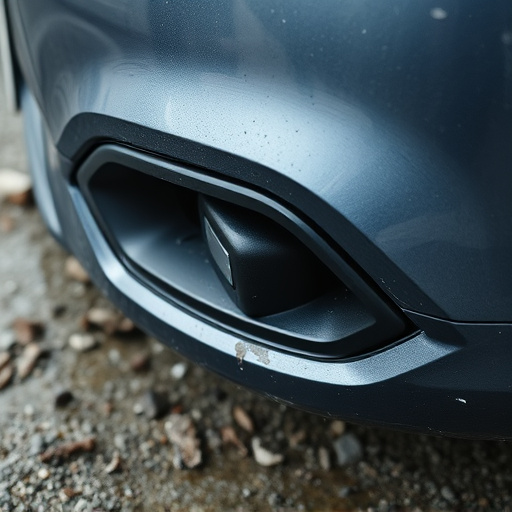Tesla drive unit (TDU) inspection is crucial after power loss events to identify and fix issues like faulty connections, software glitches, or physical damage. Recognize sudden power losses through engine light activation, unusual noises, and motor/battery behavior. Keep logbooks of driving patterns and monitor conditions like temperature, terrain, speed, and battery charging status. Regular proactive maintenance ensures optimal TDU performance, prevents serious problems, and minimizes extensive repairs. Conduct thorough inspections including electrical connections, battery, power electronics, software, sensors, actuators, fluid levels, and tire pressure, addressing any anomalies with a qualified Tesla technician.
Experience a sudden power loss in your Tesla? It’s crucial to understand the potential impact on your vehicle, especially regarding the Tesla drive unit—the heart of its electric propulsion system. This article guides you through essential steps for inspecting your Tesla drive unit after such events. From grasping the fundamentals of how the drive unit operates to identifying power loss and following comprehensive inspection procedures, these insights ensure you maintain optimal vehicle health and performance.
- Understanding Tesla Drive Unit Basics
- Identifying Power Loss Events
- Comprehensive Inspection Procedures
Understanding Tesla Drive Unit Basics
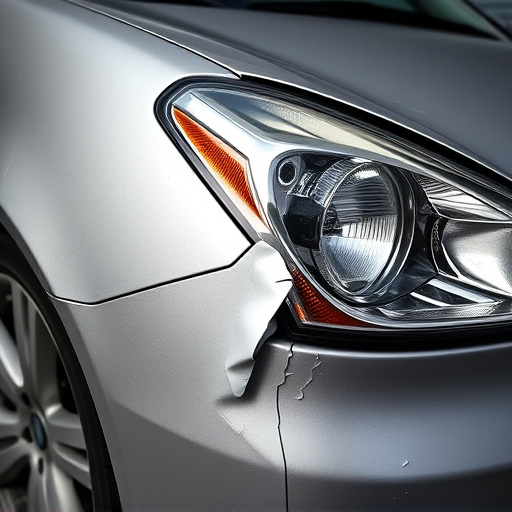
The Tesla Drive Unit (TDU) is a critical component of the electric vehicle’s powertrain, responsible for managing and controlling the car’s motors and batteries. It acts as the brain of the vehicle, coordinating various systems to ensure smooth and efficient driving. Understanding how the TDU functions is paramount when addressing issues like sudden power loss events, which can be caused by faulty connections, software glitches, or physical damage. A thorough Tesla drive unit inspection becomes essential following such incidents, involving meticulous checks of electrical connections, sensor functionality, and software integrity to pinpoint the root cause and facilitate effective collision repair and car body restoration if needed.
Identifying Power Loss Events

Identifying power loss events in a Tesla is crucial for effective drive unit inspections. These sudden occurrences can range from brief lapses in power to more extended periods of complete shutdown, each leaving distinct traces within the vehicle’s systems. Skilled technicians and owners alike can learn to recognize these events by monitoring various indicators such as engine light activation, unusual noises during operation, or unexpected behavior from the electric motor and battery system. Regular logbooks of driving patterns and any perceived anomalies can serve as invaluable resources for pinpointing potential power loss triggers, facilitating proactive auto body repair and maintenance measures.
Moreover, paying close attention to recurring themes like specific driving conditions (e.g., temperature extremes, terrain types), vehicle speed, or battery charging status helps in diagnosing the root causes of power loss events. Early identification not only ensures smoother operations but also prevents more serious issues from escalating, ultimately minimizing the need for extensive autobody repairs and costly tire services. Proactive autobody repairs and maintenance routines are key to maintaining optimal Tesla performance and safety.
Comprehensive Inspection Procedures
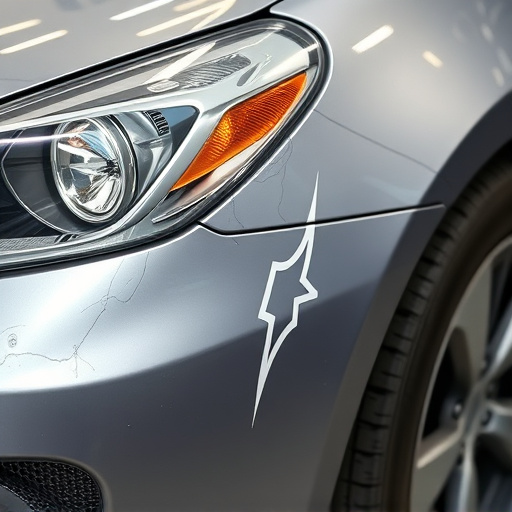
After experiencing a sudden power loss event with your Tesla, conducting a thorough Tesla drive unit inspection becomes paramount to ensure safe and reliable operation. Begin by checking all electrical connections for any signs of damage or loose fittings. A fender bender or other minor vehicle collision repair can sometimes dislodge these components, leading to power issues. Inspect the battery, power electronics module, and inverter for any visible damage or corrosion. These are critical elements in your Tesla’s drive unit, responsible for managing power distribution and motor functionality.
Next, assess the condition of the software and communication systems. Verify that all sensors, actuators, and control modules are functioning correctly. A auto maintenance routine should also include a check on fluid levels (coolant, brake, and hydraulic fluids) as well as tire pressure. Any anomalies detected during this inspection could point to broader issues that require expert attention from a qualified Tesla technician, especially if the problem recurs after what seemed like a successful initial repair.
After experiencing sudden power loss events, a thorough Tesla drive unit inspection is crucial for ensuring safe and reliable operation. By understanding the basics of your vehicle’s system, identifying power loss incidents, and following comprehensive inspection procedures, you can proactively address potential issues. This proactive approach not only enhances safety but also optimizes the performance of your Tesla’s critical components, ultimately contributing to a smoother and more secure driving experience.

